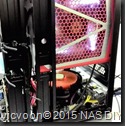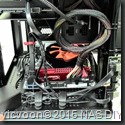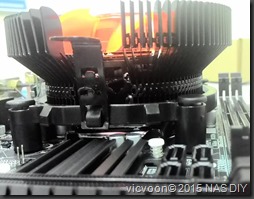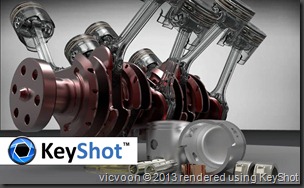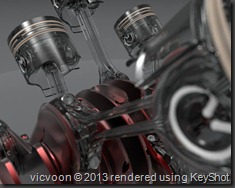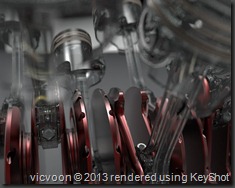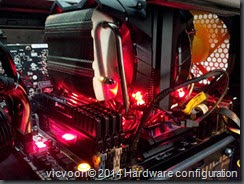Updated: 15/08/2015 rev. 2.2
SUMMARY
- Introduction to NAS
- This article is about Do-It-Yourself dedicated centralised fileserver.
- This article discuss about the Operating System and hardware related to this built in general.
- The NAS storage capacity demonstrated in this article is limited to 15 Terra Bytes expandable (by stages) with 5 Hard Drives 3TB each limited to the selected hardware and budget. A reasonable scale for SOHO and small studio environment.
- This article is for non technical people.
- Limitation of this article: Does not discussed in details of the selected OS features and configurations of the selected platform.
- The arrangement of this article is as follows: Introduction to NAS and NAS OS, brief discussion about the network (part 2), the setup and systems, stages of storage expansion, cost breakdown (part 2), photos, some advise and opinions.

